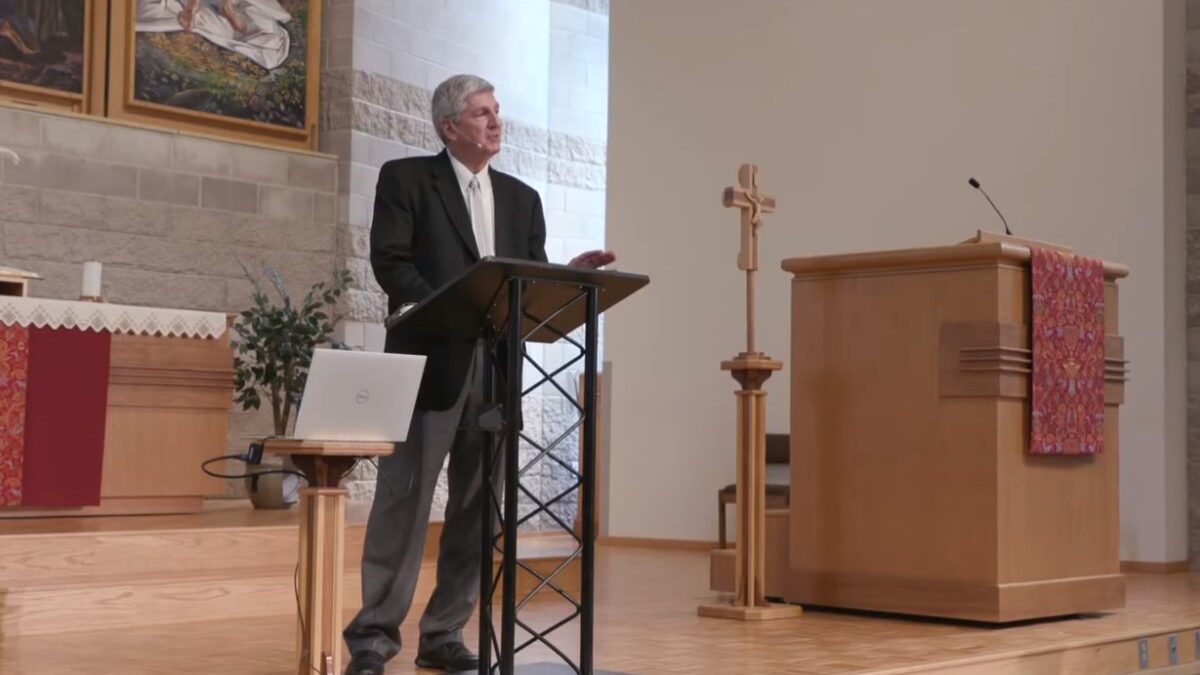Americans used to trust colleges and universities to hire faculty and admit students on the basis of merit and to teach students without indoctrination. Unfortunately, this deference has waned significantly in recent years. As governors and state lawmakers shape state budgets, here are some ways for democratically elected leaders to express their preferences for higher education.
First of all, policymakers in most states are allowed to tie specific language to higher education appropriations. Even if that is something new, it usually can be done.
Second, as many legislators already know, just about any policy idea can be translated into budget language. The language could be, “No public institution of higher education may spend funds to,” or “provided that no public college may receive funds unless it,” and then finish the paragraph with the policy idea.
Perhaps the easiest and most significant reform, though, does not even require such language. Simply reduce the line items for four-year colleges and move much of this funding to career colleges. In many states, this policy makes sense for multiple reasons.
While states have done outstanding work to increase college access, that access has come at an incredible cost, not just to budgets but also to communities and to students themselves. Just look at the six-year (and eight-year!) graduation rates at most public colleges. State and federal subsidies are taking many young people out of the workforce and their home communities for four to six years, but large proportions (at many colleges, majorities) of students do not graduate. Instead of a degree, they have debt and hardly any new marketable skills.
In contrast, career colleges are often local and inexpensive. Students get usable skills. If college is not for them, students fail cheaply and quickly, returning to the workforce (if they left the workforce in the first place).
Meanwhile, although the ideologies of critical theory (think “diversity, equity, and inclusion” or DEI) are prevalent at career colleges, this is nothing like the unconscionable levels of DEI spending at public universities. Community colleges have low completion rates, too, but many students do not enter such colleges with a genuine intention to finish a degree (they might just want a few courses in an area of interest), and the shifted funding under this recommendation could help with student success rates.
Related to this recommendation is that many preprofessional degrees would serve the state better in career colleges than in universities. Future journalists and social workers, for example, whose income prospects are dim, should be educated through apprenticeships, and that means moving such fields from four-year to two-year programs.
Another workforce-oriented budget reform for public colleges should reflect the harsh reality of the Starbucks Effect, which is that many “grievance studies” majors do not benefit from their college degrees after graduation. Meanwhile, in social sciences such as sociology, students get plenty of Marxism, complaints about capitalism and colonialism, and little to use in the real world. This means compassionately limiting the number of students allowed to enroll in low-return academic programs.
Putting ideology aside and focusing just on state workforce needs and student outcomes, it makes sense to limit the number of students in non-STEM, non-preprofessional fields such as sociology, anthropology, German (which has gone surprisingly woke over decades), and English. Here are some ways to do it.
Bar colleges from spending state scholarships on students in these disciplines, or limit the funds spent on these majors or minors in the discipline per year. Limit the state university system to only one department of X across the system. The university hosting that program should not be the flagship institution. Consolidating programs into one campus means that faculty members from the other colleges will have to apply for the new jobs and move to the new city.
Additionally, lawmakers could decide no college may spend more than X dollars on a particular department, including funds received from state and federal grants. In the case of a discipline hopelessly captured by DEI or critical theory, a college may not spend any state dollars on that discipline at all.
As for countering harmful ideologies, there is a lot that the people holding the budget pen can do, and such language already appears in anti-DEI bills in some states:
- No college may receive funds if it maintains a DEI office or DEI staff, uses DEI statements in admissions or hiring, has DEI training other than as required for compliance, or uses identity group as a factor in hiring or admissions. (Make sure to define DEI with enough specificity that colleges and courts know clearly what is prohibited.)
- No college may apply more than X percent of its budget to non-instructional, non-facilities spending. That is, colleges must reduce administrative bloat.
- No college may receive funds unless it adopts a statement of institutional neutrality on social and political issues, properly defines discriminatory harassment in a way consistent with freedom of expression, has no policies that inhibit free speech or freedom of association, has admission policies that filter out students who are likely to commit harassment or civil disobedience, has post-tenure review, and holds a Victims of Communism and Victims of Genocide Day.
- No college may receive funds if it charges more than X percent to state agencies as overhead for partnered research.
Finally, as for implementing a high-quality curriculum — there are good options.
First, no college may receive funding unless it requires a minimum level of economic literacy, civic literacy (think U.S. Constitution), and cultural literacy (back to Socrates and Shakespeare) for graduation. Consider some of the ideas in the General Education Act.
Second, the core general education curriculum should be limited to serious, content-rich courses, and colleges must redistribute faculty teaching loads into such courses.
Third, to the same end, the state’s flagship university could get a new school dedicated to civic education, leadership, and the liberal arts classically taught, modeled on the School of Economic Thought and Leadership at Arizona State University or the School of Civic Life and Leadership at the University of North Carolina. Of course, faculty hiring into the new school cannot be the same as the status quo, which is a fundamental reason the universities need such new schools in the first place. It’s critical to get advice from other states on how to properly develop new academic programs in often-hostile environments.
A state that implements these reforms will not just save millions of taxpayer dollars, it will improve life outcomes for many students and could save their communities.
Without a completely privatized market for higher education that lets students vote with their tuition dollars and requires colleges to compete on quality, we can only guess at what the “right” size of higher education budgets should be. Until that time, state budget makers are responsible for making good bets on student outcomes, holding public institutions accountable, and spending taxpayer dollars in alignment with state policies that serve and protect our democracy.









